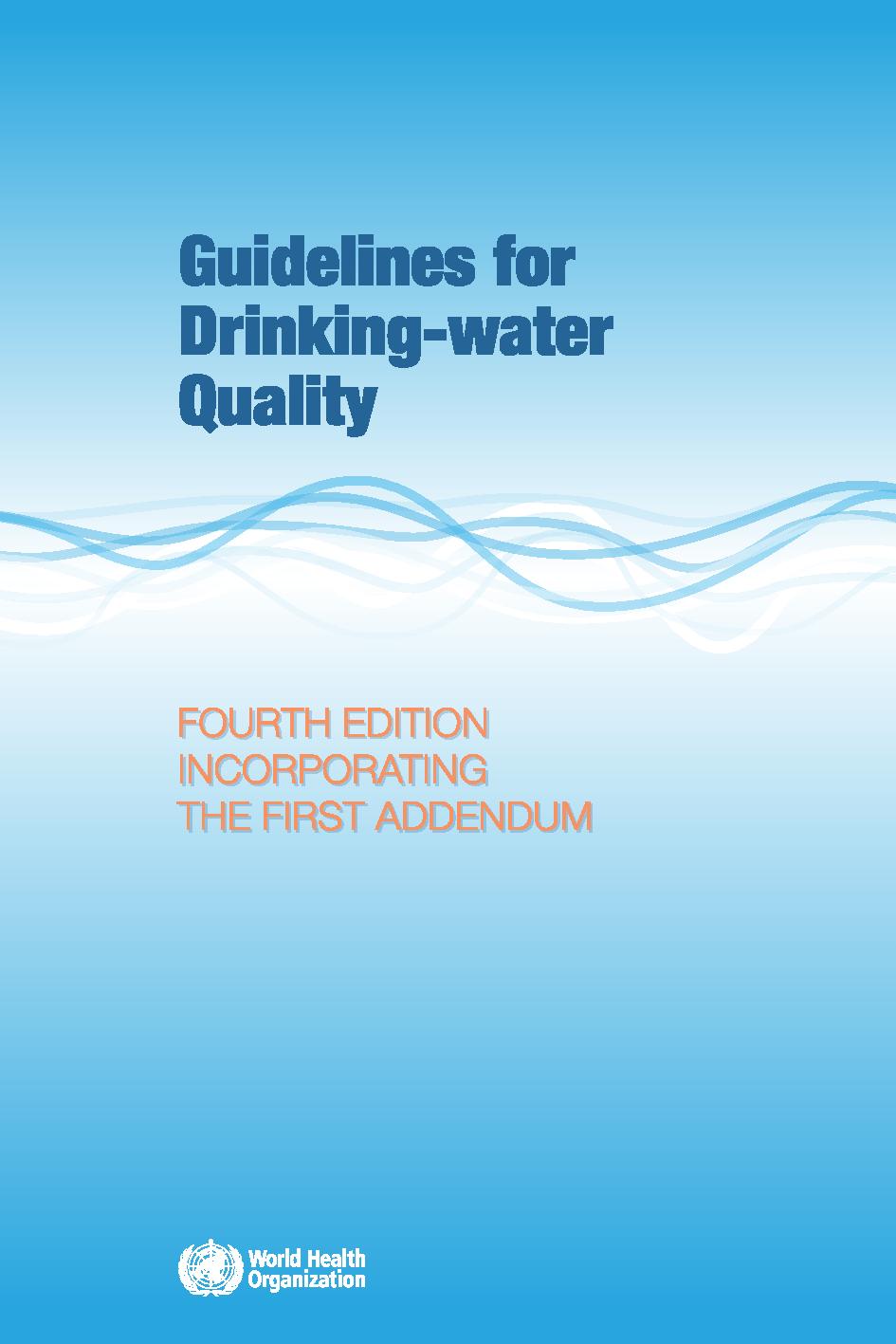Tag Archives: D3
- Home
- Posts tagged "D3" (Page 5)

LIVE: $180 Million Integrated Life Science Building
Integrative Sciences Initiative: Fostering Cross-Discipline Collaboration at NC State
North Carolina State University Facilities Services
Notification of Open-Ended Contracts 2023-2024
A little spring in our step. 🌸✨ #NCStateOnCampus pic.twitter.com/s5s01TYfOX
— NC State University (@NCState) March 5, 2024
Disaster 500
Thinking about how that groundhog lied to us 🤨🤨🤨 pic.twitter.com/ZQOzzteCzs
— Penny Kmitt (@pennylikeacoin) April 4, 2024
During today’s session we approach disaster avoidance, management and recovery literature from a different point of view than our customary approach — i.e. what happens when, a) there is failure to conform to the standard, b) there is no applicable standard at all. This approach necessarily requires venturing into the regulatory and legal domains. We will confine our approach to the following standards development regimes:
- De facto standards: These are standards that are not officially recognized or endorsed by any formal organization or government entity, but have become widely adopted by industry or through market forces. Examples include the QWERTY keyboard layout and the MP3 audio format.
- De jure standards: These are standards that are formally recognized and endorsed by a government or standard-setting organization. Examples include the ISO 9000 quality management standard and the IEEE 802.11 wireless networking standard.
- Consortium standards: These are standards that are developed and maintained by a group of industry stakeholders or organizations, often with the goal of advancing a particular technology or product. Examples include the USB and Bluetooth standards, which are maintained by the USB Implementers Forum and the Bluetooth Special Interest Group, respectively.
- Open standards: These are standards that are freely available and can be used, implemented, and modified by anyone without restriction. Examples include the HTML web markup language and the Linux operating system.
- Proprietary standards: These are standards that are owned and controlled by a single organization, and may require payment of licensing fees or other restrictions for use or implementation. Examples include the Microsoft Office document format and the Adobe PDF document format.
- ANSI accredited standards developers with disaster management catalogs
We may have time to review State of Emergency laws on the books of most government agencies; with special attention to power blackout disasters.
- Tornadoes Are Deadly: These New Building Codes Will Save Lives
- Cases involving the Takings Clause of the Fifth Amendment might be relevant when government actions related to natural disasters affect private property rights.
- National Regulatory Research Institute: Should Public Utilities Compensate Customers for Service Interruptions?
Use the login credentials at the upper right of our home page.
https://t.co/chd9RJVc7G
print(“Disaster”) pic.twitter.com/Lu6Dw3bARq— Standards Michigan (@StandardsMich) November 15, 2021
Design of a gateway for ubiquitous classroom
Smart classroom: Gateway for ubiquitous classroom
In educational environment, the use of new pedagogies such as collaborative learning requires an evolution from a traditional classroom model to active classroom. The students should be able to share resources to collaborate with each other through computers, tablets, or other devices. The design of smart classroom should enable the control of audiovisual equipments, projectors, interactive whiteboards, in order to facilitate interaction among teachers and students. Ubiquitous computing or pervasive computing is a concept where processors and sensors are embedded in various physical objects to form a network and communicate information. Applying the pervasive computing can facilitate the collaborative learning by creating a smart learning environment. The ubiquitous classroom should be able to support interaction of heterogeneous devices connected through wireless links to a gateway. This paper presents a model of classroom that makes several smart devices such as laptops, tablets, projectors connected through a gateway in order to encourage communication of information between learners and the smart environment. Also, the gateway manages classroom smart devices by automatic detection and connectivity and it serves as application execution platform. Finally the gateway allows the classroom to be remote managed as well as the remote integration of application.
Drinking Water Quality
Researchers at the University of California, Berkeley, have developed a handheld device that can extract water from the air using only the power of sunlight, even in arid conditions: https://t.co/JgXH1psevJ pic.twitter.com/1A3CSrgWzX
— ASME.org (@ASMEdotorg) September 23, 2023
DRINKING, WASTEWATER & STORMWATER SYSTEMS
Civilization has historically flourished around rivers and major waterways. Mesopotamia, the so-called cradle of civilization, was situated between the major rivers Tigris and Euphrates; the ancient society of the Egyptians depended entirely upon the Nile. Rome was also founded on the banks of the Italian river Tiber. Large metropolises like Rotterdam, London, Montreal, Paris, New York City, Buenos Aires, Shanghai, Tokyo, Chicago, and Hong Kong owe their success in part to their easy accessibility via water and the resultant expansion of trade. Islands with safe water ports, like Singapore, have flourished for the same reason. In places such as North Africa and the Middle East, where water is more scarce, access to clean drinking water was and is a major factor in human development.*
With this perspective, and our own “home waters” situated in the Great Lakes, we are attentive to water management standardization activity administered by International Organization Standardization Technical Committee 224 (ISO TC/224). The scope of the committee is multidimensional; as described in the business plan linked below:
Water-related management standards define a very active space; arguably, as fast-moving a space as electrotechnology. The ISO TC/224 is a fairly well accomplished committee with at least 16 consensus products emerging from a 34 nations led by Association Française de Normalisation (@AFNOR) as the global Secretariat and 34 participating nations. The American Water Works Association is ANSI’s US Technical Advisory Group administrator to the ISO.
We do not advocate the user interest in this standard at the moment but encourage educational institutions with resident expertise — either on the business side or academic side of US educational institutions — to participate in it. You are encouraged to communicate directly with Paul Olson at AWWA, 6666 W. Quincy Avenue, Denver, CO 80235, Phone: (303) 347-6178, Email: polson@awwa.org.
The work products of TC 224 (and ISO 147 and ISO TC 282) are also on the standing agendas of our Water, Global and Bucolia colloquia. See our CALENDAR for the next online meeting, open to everyone.
Issue: [13-163]
Category: Global, Water
Colleagues: Mike Anthony, Christine Fischer, Jack Janveja. Richard Robben, Larry Spielvogel
Electromagnetic Interference in the Intensive Care Units of a University Hospital
Electromagnetic Interference in Hospital Environment:
Case Study of the Intensive Care Units of a University Hospital
Victoria Souza Fernandes
Raquel Aline A. R. Felix – Agatha Eyshilla Da Paz Correia – Alexandre Henrique de Oliveira
Federal University of Campina Grande, Campina Grande, Brazil
Abstract: Electromagnetic (EM) sources are abundant in the routine of a hospital. Such sources can be for personal use, be part of the set of electromedical equipment or the building structure. This article presents the verification of electromagnetic interference between field sources and hospital devices, since electromagnetic interference is a factor that puts the correct functioning of these equipments at risk. As a consequence, patient’s lives are also put at risk. Since in many cases, the vitality of the patient depends exclusively on medical devices, electromagnetic fields were measured inside and outside the intensive care units (ICUs) of the University Hospital Alcides Carneiro (UHAC) with all hospital devices working normally. The electromagnetic field values obtained at the hospital were compared with the values imposed by the International Electrotechnical Commission (IEC).
Form v. Function | Function v. Form
“We shape our buildings;
thereafter they shape us.”
Occupancy classification is “first principal concept”; the essential factor in architectural design because it helps determine the appropriate use of a building and the associated requirements for fire protection and life safety. Occupancy classification refers to the categorization of buildings or portions of buildings based on their intended use and the activities that will occur within them. The International Building Code provides a set of standards for occupancy classifications that are used by architects and building officials to ensure that buildings are designed and constructed to meet the necessary safety requirements. These standards help ensure that the building’s design and construction comply with fire and life safety codes and regulations.
A building that is classified as a business occupancy — as many classrooms and offices are in education communities — will have different requirements for fire protection and life safety compared to a building that is classified as a residential occupancy. Business occupancies may require fire suppression systems, while residential occupancies may require smoke alarms and carbon monoxide detectors. Additionally, occupancy classification affects the number of occupants allowed within a building, the type and size of exits required, the need for fire-resistant construction materials, and the placement and quantity of fire extinguishers and other fire protection equipment.*
International Building Code | Chapter 2 Definitions
International Building Code | Chapter 3 Occupancy Classification and Uses
International Green Construction Code | Chapter 3 Definitions, Abbreviations and Acronyms
2024/2025/2026 ICC CODE DEVELOPMENT SCHEDULE
Chapter 3 Definitions
Chapter 6 Classification of Occupancy and Hazard of Contents
Chapters 12 & 13 Assembly Occupancies
Chapters 14 & 15 Educational Occupancies
Chapters 18 & 19 Health Care Occupancies
Chapters 29 & 30 Hotels & Dormitories
Chapter 40 Industrial Occupancies
NFPA 70 National Electrical Code
ASHRAE International
62.1 Ventilation and Acceptable Indoor Air Quality Occupancy Categories
Institute of Electrical and Electronic Engineers
IEEE Recommended Practice for Electric Power Systems in Commercial Buildings
IEEE Recommended Practice for Electric Systems in Health Care Facilities
* The European Union (EU) does not have an equivalent to the International Code Council (ICC) occupancy classification system. Instead, the EU has its own set of regulations and standards for building safety and design, which vary by country.
The main regulatory framework for building safety in the EU is the Construction Products Regulation (CPR), which sets out requirements for construction products and materials that are placed on the market within the EU. The CPR is supported by national building codes and standards, which are developed and enforced by each member state.
In addition to the CPR, the EU has several directives and regulations related to building safety, such as the Energy Performance of Buildings Directive (EPBD) and the Fire Safety of Buildings Directive (FSBD). These directives and regulations set out requirements for energy efficiency, fire safety, and other aspects of building design and construction.
Overall, while the EU does not have an occupancy classification system equivalent to the ICC, it has its own set of regulations and standards that aim to ensure building safety and design across its member states.
New update alert! The 2022 update to the Trademark Assignment Dataset is now available online. Find 1.29 million trademark assignments, involving 2.28 million unique trademark properties issued by the USPTO between March 1952 and January 2023: https://t.co/njrDAbSpwB pic.twitter.com/GkAXrHoQ9T
— USPTO (@uspto) July 13, 2023
Standards Michigan Group, LLC
2723 South State Street | Suite 150
Ann Arbor, MI 48104 USA
888-746-3670


























